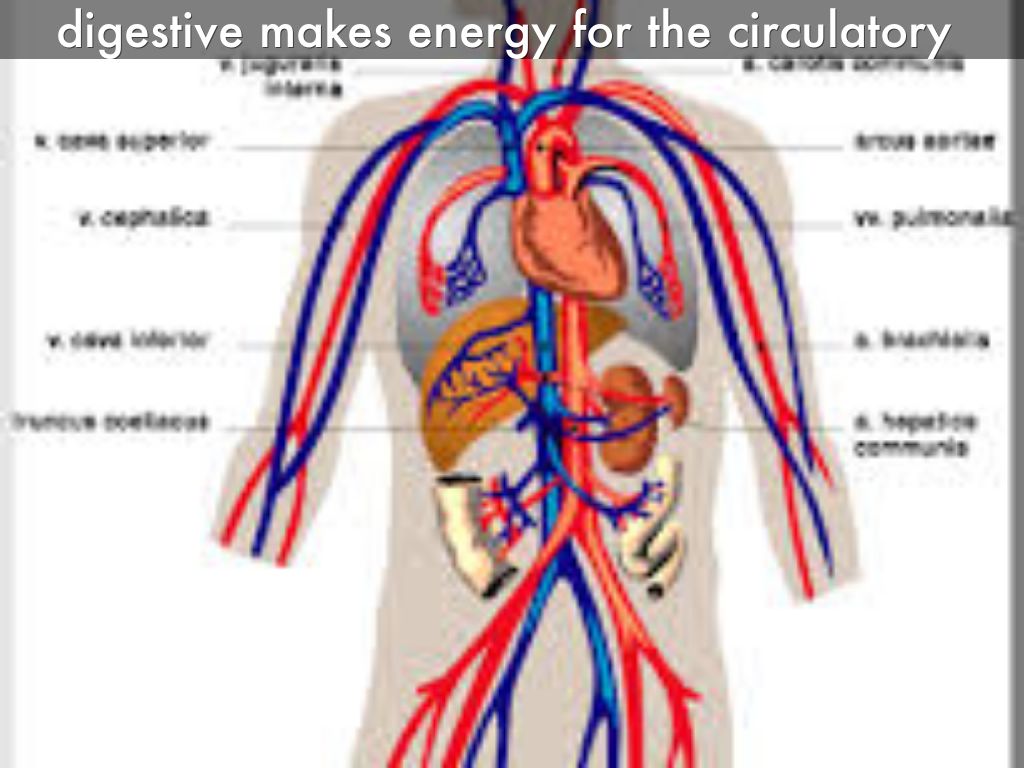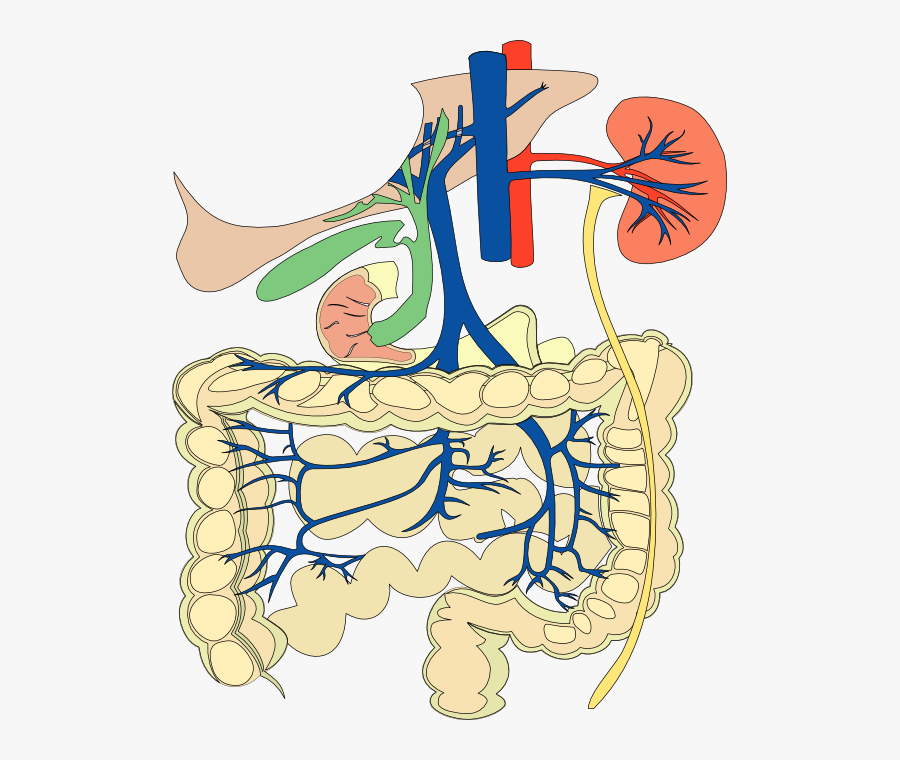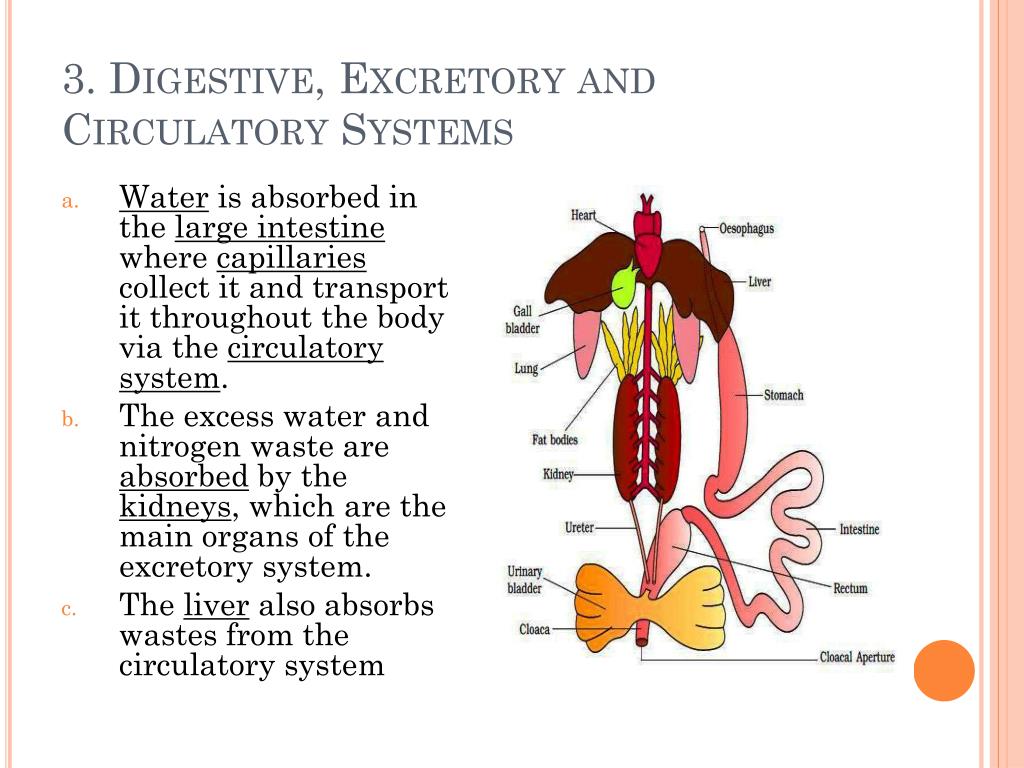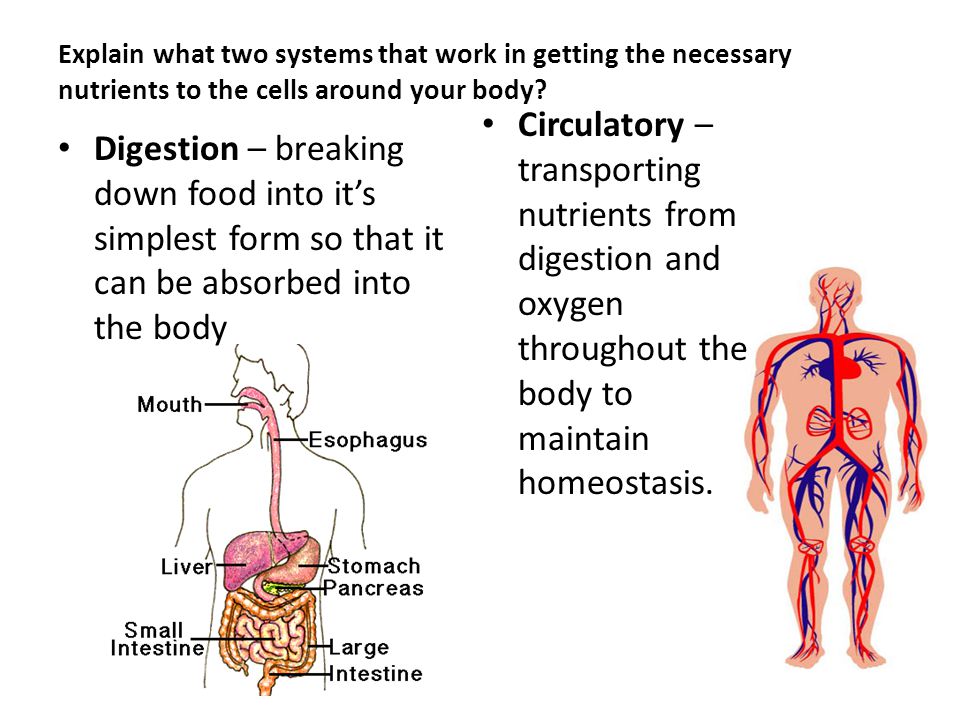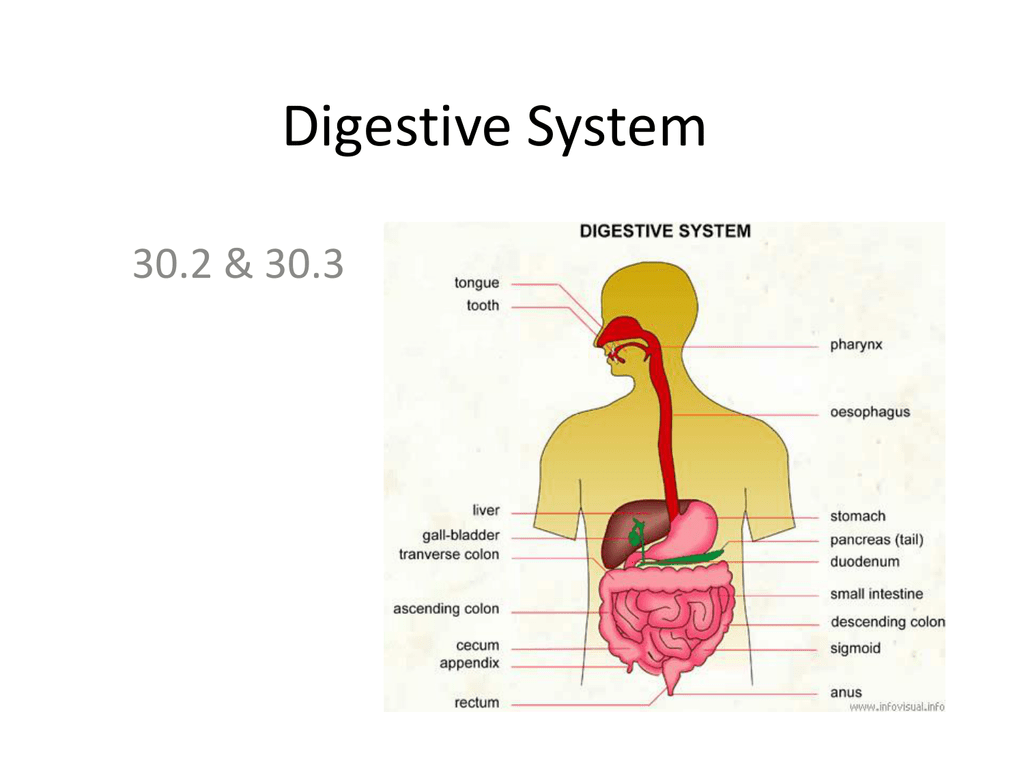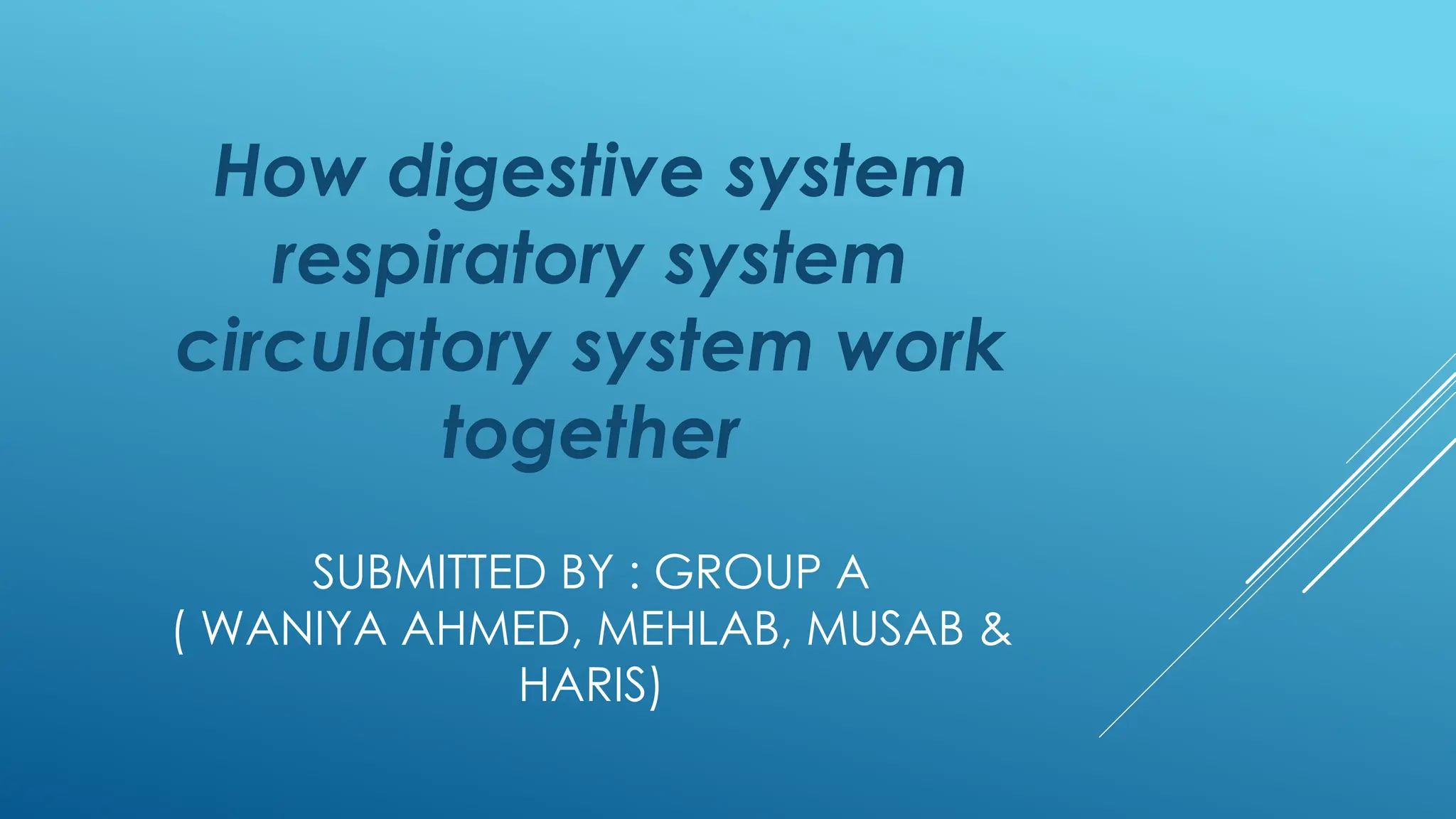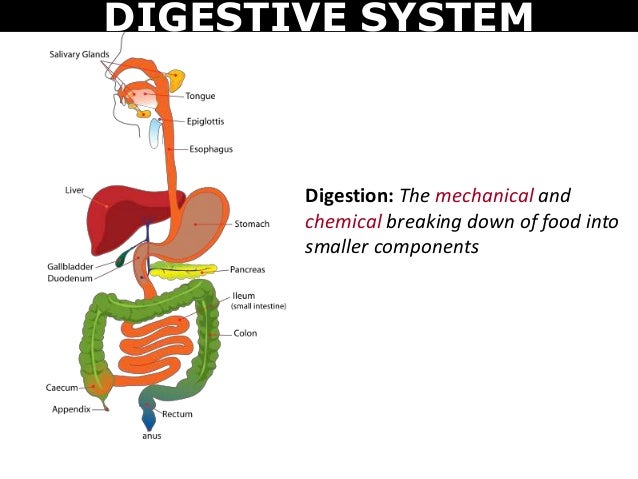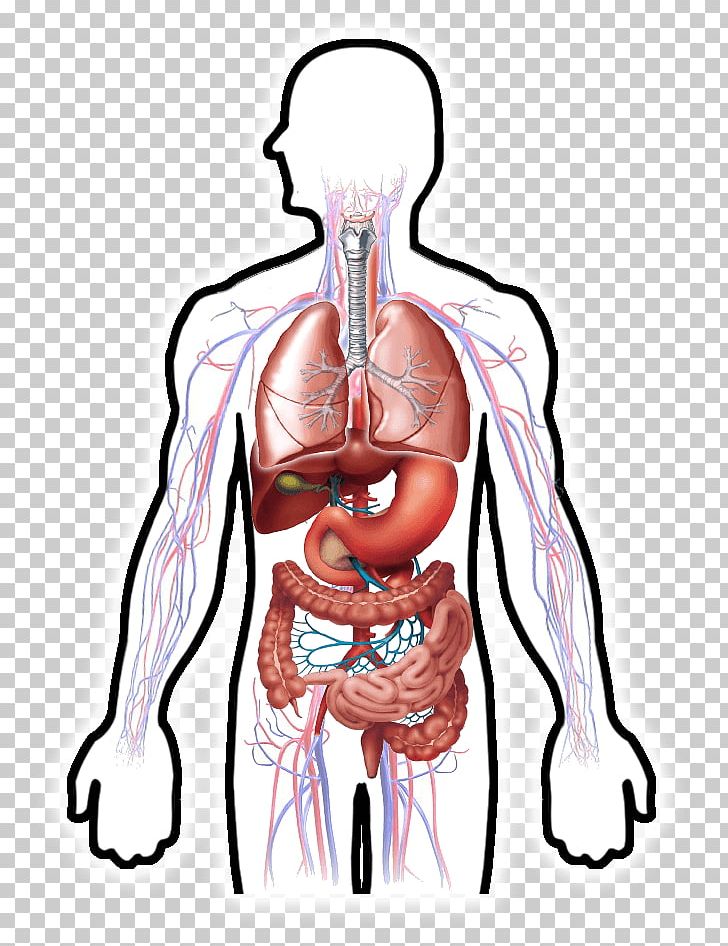How Do The Digestive And Circulatory Systems Work Together

Life depends on the seamless interaction of bodily systems. The digestive and circulatory systems are chief among them, working in tandem to fuel every cell.
This article breaks down exactly how these two critical systems cooperate, ensuring the body receives the nutrients it needs to function. Understanding this collaboration is paramount for maintaining overall health and addressing potential medical issues swiftly.
Digestion: Breaking Down the Essentials
The digestive system is responsible for breaking down food into usable components. This process begins in the mouth and continues through the esophagus, stomach, small intestine, and large intestine.
The Initial Breakdown
Mechanical digestion starts in the mouth. Saliva contains enzymes that begin the chemical breakdown of carbohydrates.
The stomach further breaks down food using acids and enzymes. This results in a semi-liquid mixture called chyme.
The Small Intestine: Nutrient Absorption Hub
The small intestine is where the majority of nutrient absorption occurs. Its walls are lined with villi and microvilli, dramatically increasing the surface area for absorption.
Nutrients like glucose, amino acids, fatty acids, vitamins, and minerals are absorbed into the bloodstream through these structures.
The Large Intestine: Water Absorption and Waste Elimination
The large intestine primarily absorbs water and electrolytes. It also compacts undigested material into feces.
This waste is then eliminated from the body through the rectum and anus.
Circulation: Transporting the Fuel
The circulatory system transports oxygen, nutrients, hormones, and waste products throughout the body. The heart acts as the central pump in this vast network.
The Heart: The Engine of Circulation
The heart pumps blood through two main circuits: the pulmonary and systemic circuits. The pulmonary circuit carries blood to the lungs to pick up oxygen and release carbon dioxide.
The systemic circuit delivers oxygenated blood to the rest of the body. It returns deoxygenated blood back to the heart.
Blood Vessels: The Highways of the Body
Arteries carry oxygenated blood away from the heart. Veins carry deoxygenated blood back to the heart.
Capillaries are tiny vessels where nutrient and waste exchange occurs between blood and tissues.
Blood: The Transport Medium
Blood consists of red blood cells, white blood cells, platelets, and plasma. Red blood cells carry oxygen using hemoglobin.
Plasma transports nutrients, hormones, and waste products.
The Collaborative Dance: How They Work Together
The digestive and circulatory systems are critically interconnected. The digestive system breaks down food; the circulatory system transports the resulting nutrients to cells throughout the body.
Here's a step-by-step breakdown of their interaction:
- Digestion breaks down food into smaller molecules.
- Absorption: The small intestine absorbs these molecules into the bloodstream.
- Transportation: The circulatory system carries these nutrients to cells throughout the body.
- Cellular Use: Cells use these nutrients for energy, growth, and repair.
- Waste Removal: The circulatory system transports waste products from cells to the excretory system.
The liver plays a crucial role. It processes nutrients absorbed from the small intestine before releasing them into the general circulation.
For example, glucose is converted to glycogen for storage or released into the bloodstream as needed.
Potential Issues and What to Do
Disruptions in either system can have serious consequences. Malabsorption, heart disease, and other related conditions can severely impact overall health.
If you experience persistent digestive issues, such as unexplained weight loss, abdominal pain, or changes in bowel habits, consult a doctor immediately.
Symptoms like chest pain, shortness of breath, or swelling in the legs could indicate circulatory problems. Seek immediate medical attention if you experience these symptoms.
Ongoing Research and Future Directions
Scientists are constantly researching the complex interactions between these systems. They are focusing on improving diagnostic tools and treatment options.
Current research explores the impact of diet on both digestive and circulatory health. It further investigate the role of the gut microbiome in overall well-being.
The future of medicine lies in understanding these intricate connections. This will allow for more targeted and effective preventative and therapeutic interventions.
